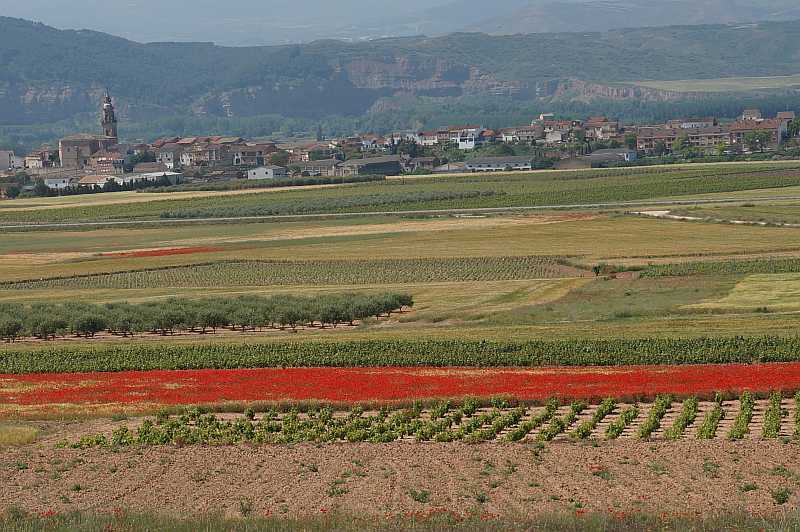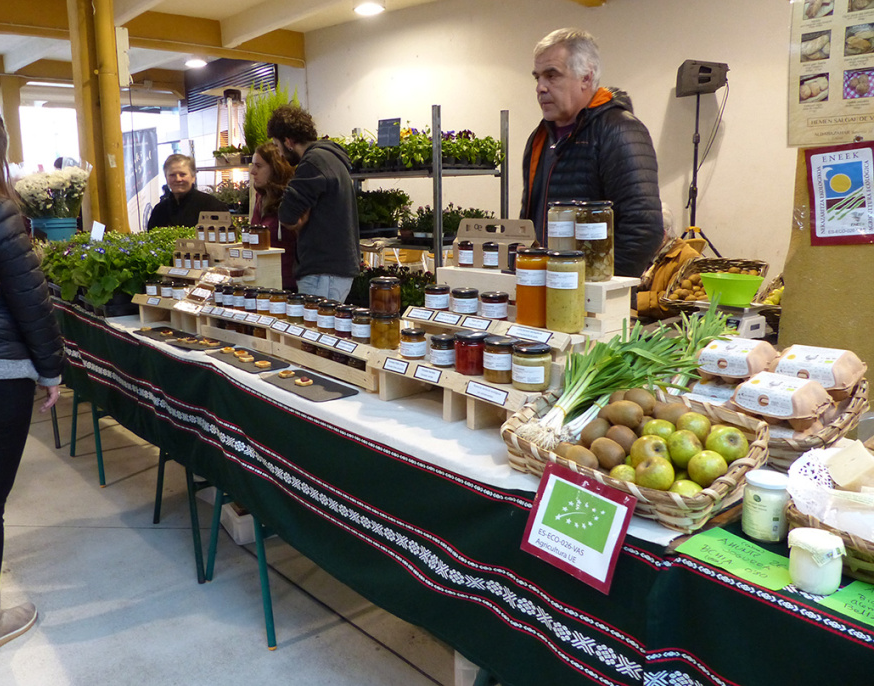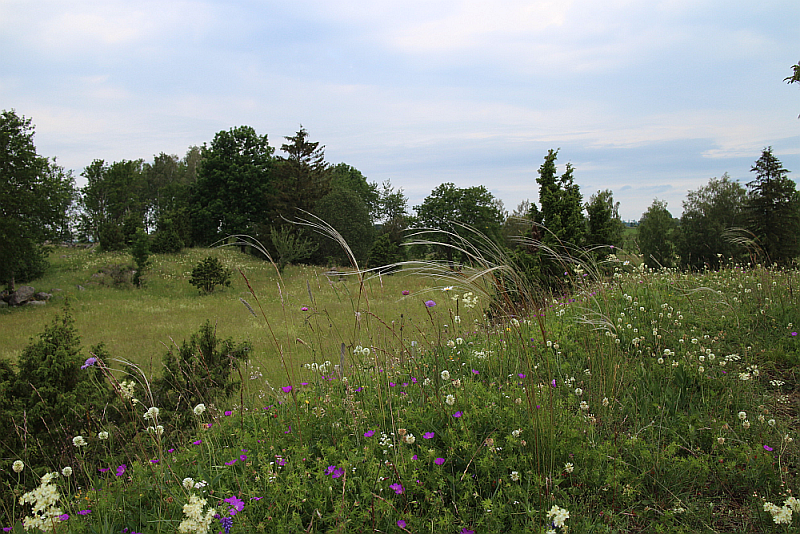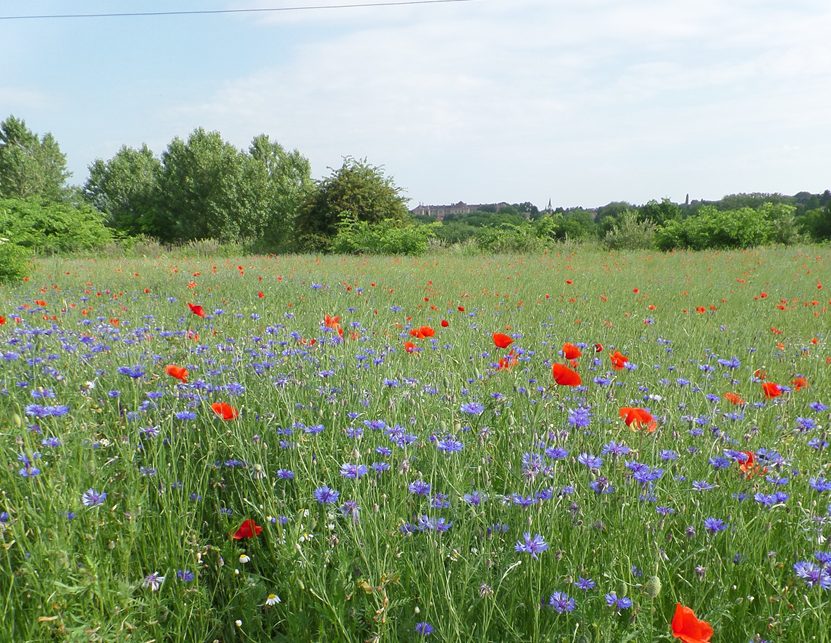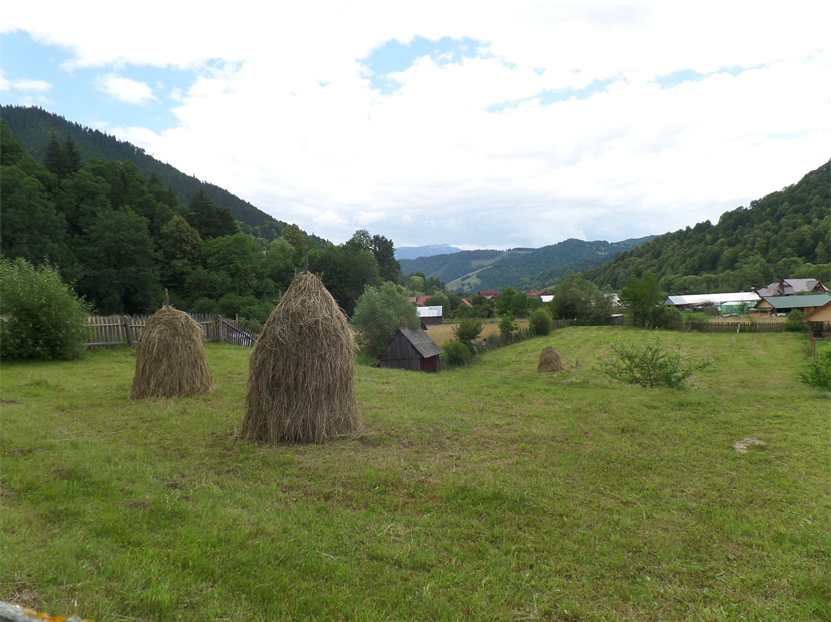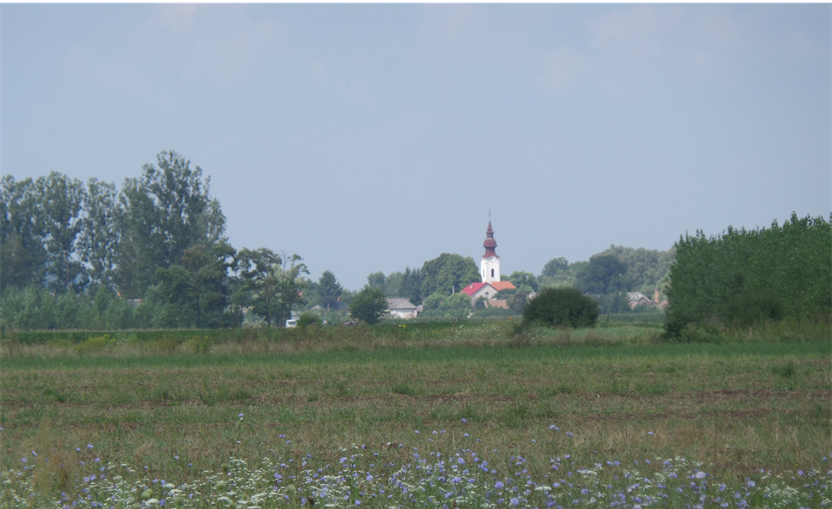Territorial impacts at European level and across Europe
Findings from modelling of territorial impacts of scenarios of large-scale implementation of a set of agro-ecological approaches across the European Union showed many agro-ecological futures are possible in the EU without compromising food security and with improvements along a number of sustainability indicators if embedded within wider food-systems changes. All combinations of agro-ecological practices on the production-side across the European Union can deliver multiple environmental benefits.
A particular potential for climate change mitigation can be realized with agroforestry and the related carbon sequestration in woody biomass, which can amount to compensation of significant shares of GHG emissions of future agriculture (Mayer et al., 2021). An increase in land under agro-ecological practices and a reduction of GHG emissions is possible within the EU in the year 2050.
The implications for changes in prices for EU-produced and imported food products have been modelled under scenarios of import tariffs and consumption taxes. Interpretation of the economic model shows that a combination of scenarios of EU production taxes, EU consumption taxes, and EU import tariffs are sufficient to generate the quantity outcomes from the biophysical model. In general, these three scenarios are equivalent to implementing a very strong policy intervention, especially on EU production. By means of contrast, a scenario of agro-ecological exports is equivalent to a more modest policy intervention due to its relatively small impacts on quantities produced, consumed, and traded.
D4.2 - Report on Participatory Scenario Development of Agro-ecological Farming Systems (link to Zenodo)
D4.3 - Territorial Impacts and Lessons Learnt of the Diffusion of AEFS in the EU (link to Zenodo)
